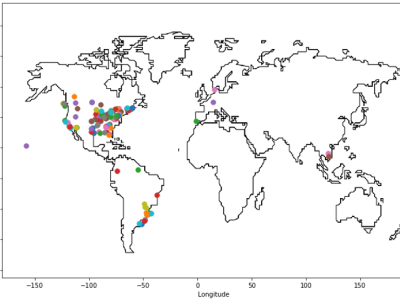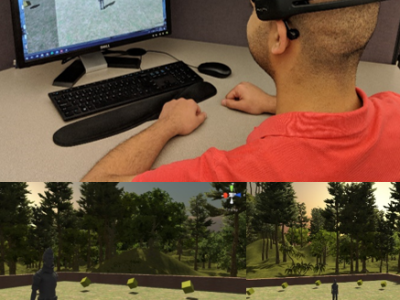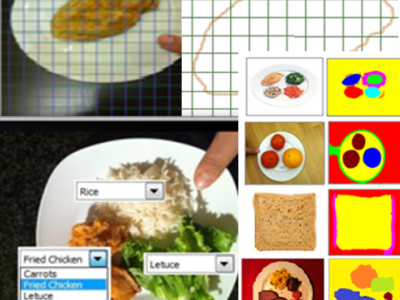Food Intake Activities Using Sensors with Heterogeneous Privacy Sensitivity Levels

- Citation Author(s):
- Submitted by:
- Shervin Shirmohammadi
- Last updated:
- DOI:
- 10.21227/3nfb-6227
- Data Format:
- Research Article Link:
- Links:
 671 views
671 views
- Categories:
- Keywords:
Abstract
Human activity recognition, which involves recognizing human activities from sensor data, has drawn a lot of interest from researchers and practitioners as a result of the advent of smart homes, smart cities, and smart systems. Existing studies on activity recognition mostly concentrate on coarse-grained activities like walking and jumping, while fine-grained activities like eating and drinking are understudied because it is more difficult to recognize fine-grained activities than coarse-grained ones. As such, food intake activity recognition in particular is under investigation in the literature despite its importance for human health and well-being, including telehealth and diet management. In order to determine sensors’ practical recognition accuracy, preferably with the least amount of privacy intrusion, a dataset of food intake activities utilizing sensors with varying degrees of privacy sensitivity is required. In this project, we collected such a dataset by collecting fine-grained food intake activities using sensors of heterogeneous privacy sensitivity levels, namely a mmWave radar, an RGB camera, and a depth camera. Solutions to recognize food intake activities can be developed using this dataset, which may provide a more comprehensive picture of the accuracy and privacy trade-offs involved with heterogeneous sensors.
Instructions:
This is a dataset collected using mmWave radar and other heterogeneous sensors, including RGB and depth cameras.
The dataset consists of 24 subjects: 12 men and 12 women between 22 and 36 years old. We enumerate all subjects into s01, s02, ..., s24, where s01–s12 are male.
More details can be found in the README file.












